Researchers in Sweden and the US say that chemically recycling perovskite solar cells could cut their costs, making them more competitive with the leading technology – crystalline silicon modules. Feng Gao’s team at Linköping University, Sweden, has developed a technique to cheaply and repeatedly take apart solar cells made of perovskite materials and make new high-performance devices. The conditions they use are environmentally friendly, primarily water based. ‘Our colleagues from Cornell University calculate that recycling perovskite solar panels actually can save money,’ Gao tells Chemistry World.
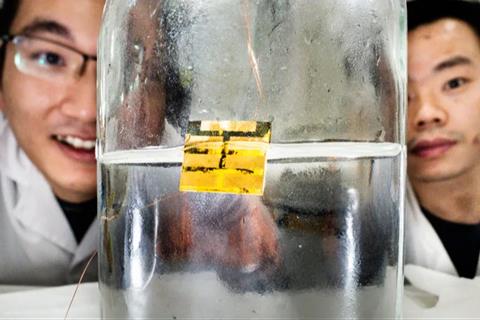
Researchers have been developing perovskite solar cells since 2009, in part because they’re easy to make. However, it’s challenging to produce perovskite cells as robust as the silicon ones that dominate today’s solar industry.
Many silicon solar panels were installed around 2000, Gao notes. They are coming to the end of their 25-year lifespan and there aren’t easy ways to recycle them. Gao wanted solar panels containing perovskite materials – now beginning commercial deployments – that are easier to recycle from the outset.
In solar cells, the term perovskite refers to materials with an ABX3 formula. In the Linköping team’s case, A is one of the organic cations methylammonium or formamidinium or a 50:50 mixture of both. B is lead cations and X is iodide anions. Lead’s toxicity, and the fact that perovskite panels may not last as long as silicon ones, could cause ‘an even greater potential waste problem’, comments Xun Xiao from the Linköping team.
Incoming light excites electrons in a thin perovskite layer into higher-energy states. This leaves behind vacancies, or ‘holes’, that act like positively charged particles. If these electrons and holes reach electrodes above and below a perovskite film, electric current can flow.
Perovskite solar cells usually contain materials that help charges reach their electrodes. The Linköping team used spiro-OMeTAD for hole transport, tin oxide for electron transport and a transparent electrode made of indium tin oxide. They encapsulated these materials in protective see-through polymers and sandwiched them between glass plates.
Cleaning up recycling
While perovskite recycling methods exist, they rely on less environmentally friendly solvents like dimethylformamide. Over two years, Xiao and his Linköping colleagues developed cleaner processes for each material. First, they heat up the cell to 150°C to soften and peel off the encapsulant. Then they use a green organic solvent, ethyl acetate, to remove spiro-OMeTAD.
A solution of sodium acetate, sodium iodide and hypophosphorous acid in water can then safely dissolve the perovskite at 80°C without degrading it. Sodium acetate helps dissolve lead salts, while iodide ions help retain the perovskite structure. Hypophosphorous acid resolves the issue that oxygen and heat rapidly oxidise the iodide ions in the perovskite to iodine, driving a reduction that reverses this process. Cooling the solution down following dissolution returns the perovskite material, Xiao explains, recovering over 99% of the device materials. New cells made from the components of the old ones are just as efficient and stable even after five rounds of recycling.

After the Linköping team developed the method, Fengqi You’s team at Cornell University, US did a life-cycle assessment and techno-economic analysis. Recovering everything from the front glass to the perovskite layer ‘significantly cuts resource use and reduces long-term costs’, says You. This ‘makes perovskite photovoltaics far more competitive’.
These results are based on laboratory-scale studies. The team is now working to validate the approach on a larger scale, says Gao, but You is confident that it will work.
Matthew Davies from the University of Swansea calls the paper ‘extremely timely’. He adds that the ‘ability to recover nearly all key components’ is ‘a major step toward closing the materials loop and making perovskites a more circular solar technology’. ‘Perovskite solar cells have a unique opportunity to embed sustainability at the pre-commercial stage, ensuring that end-of-life strategies are in place before mass deployment,’ says Davies. He adds that safer recycling translates to lower operating costs.
References
X Xiao et al, Nature, 2025, 638, 670 (DOI: 10.1038/s41586-024-08408-7)





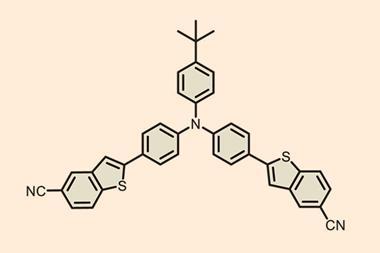


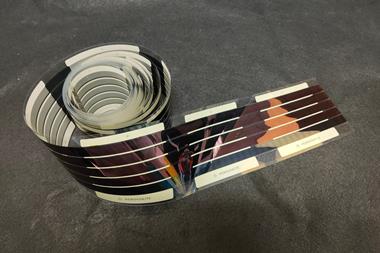
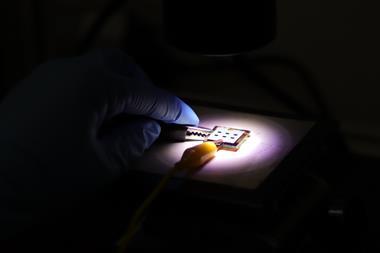
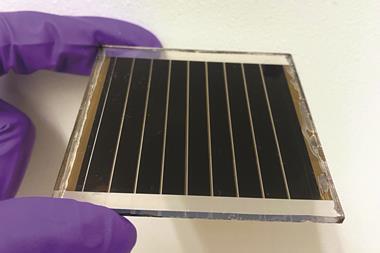


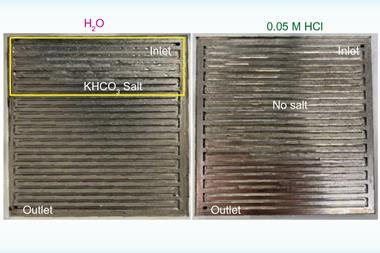

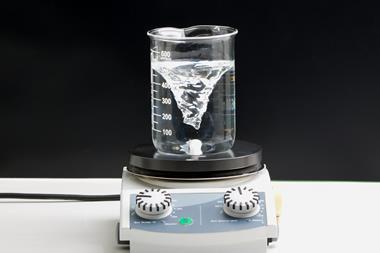
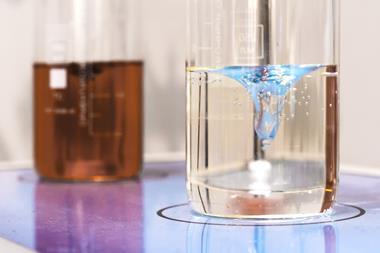
No comments yet